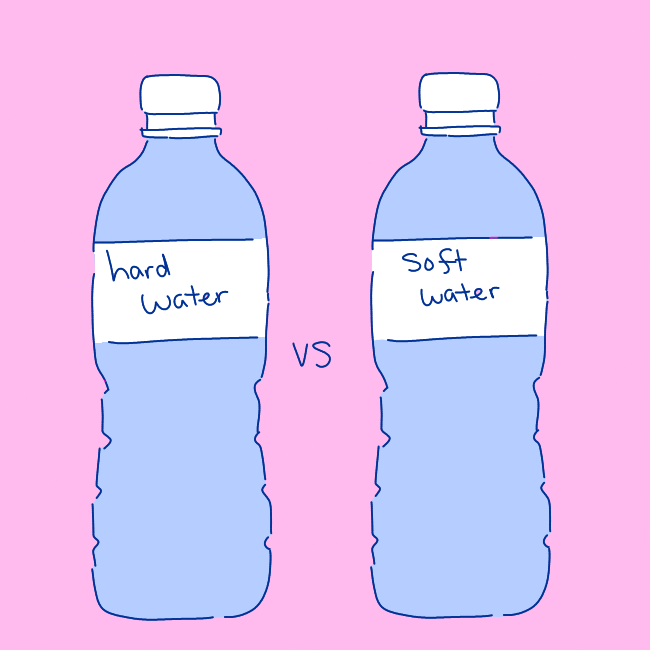A couple of months ago, I saw “Avatar 2: the Way of Water” in 3-D at AMC Saratoga 14 and was surprised by the stunning visuals.
When the blue-skinned characters dived into the ocean, I was surprised by how real the marine scenery seemed. Schools of fish scattered and each one darted from odd angles in my periphery. A ray-like creature glided through the water in a wide-sweeping arc, the underside of its alien form approaching and receding away from the audience, stretching out the screen and merging back into it to produce a heightened sense of depth perception, making one feel as if they were truly there.
Such is the effect of 3-D on a movie with tremendously meticulous detail in its computer-generated imagery.
In general, the “Avatar” movies never interested me with their lackluster science fiction plots. They excelled solely in their ability to dazzle the eyes with dynamic and rich environments, brimming with realistically rendered alien life made all the more authentic by their three-dimensionality (when viewed with the appropriate glasses, of course).
Seeing a creature’s contours, soft color-shades or gritty textures is one thing, but actually perceiving its roundness and extension into your world, as though it were suspended over the seating-rows in front of you, is something entirely unique to 3-D cinema.
The director of the “Avatar” movies, James Cameron, has stated that his intention was to push the limits of 3-D technology to effectively immerse his audience in a fictitious, alien world. He succeeded brilliantly.
The original “Avatar” and its sequel, unlike many other movies, are exemplar “natively authored 3-D” films, meaning they were shot with stereoscopic 3-D cameras. This approach captures depth and dimensionality in a way that post-converted 3-D films (where 2-D films are converted to 3-D in post-production) often cannot replicate.
The scenes of vast, glimmering oceans in Cameron’s latest installment teem with layers of vibrant aquatic life and tall spikes of coral analogues projecting from the sandy floor which, in the theater, seemed only centimeters away from my eyes.
This is the embodiment of 3-D done right and it’s easy to see why: Every aspect of the experience was curated for that kind of viewing, from the minute precision of the graphics to the camera used to shoot the film.
I’ve never really seen many movies that got 3-D right, however, since in most cases it’s pretty unnecessary.
Movies like “Oppenheimer,” “The Lighthouse” and “Star Wars: A New Hope” (all movies with resplendent visuals) wouldn’t fare well under the 3-D treatment, and would instead just appear like gaudy renditions of their original versions: Objects arbitrarily leaping from the screen would add nothing to the experience. Since such movies were not made with 3-D at the forefront of the director’s vision, such as with “Avatar,” the additional dimension would, to me, not really heighten the imagery and instead just detract from the original two-dimensional experience intended.
So, context is important. But when done right, 3-D movies can be magical.


























